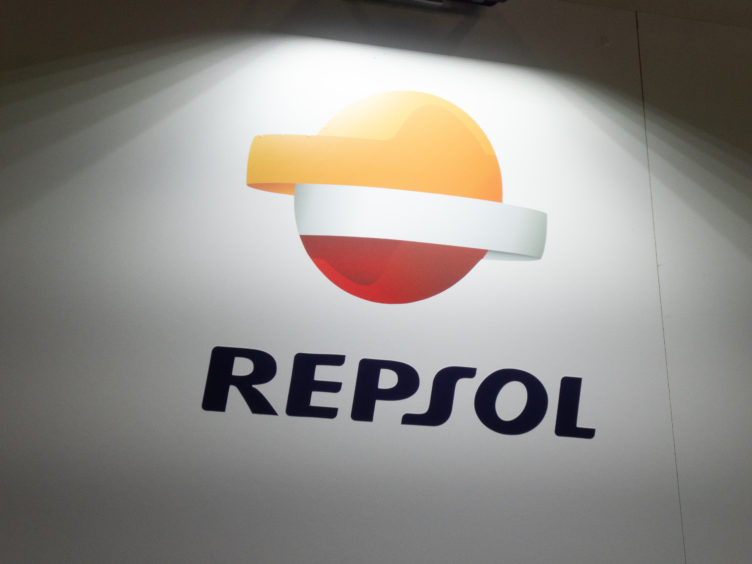
Repsol and partner Petronas plan to take a final investment decision (FID) on the giant Kali Berau Dalam (KBD) gas discovery on the Sakakemang Block in Indonesia next year with full production targeted by 2027.
“We intend to do FID in 2022 for early production in 2026 and full production from 2027,” said Mikel Erquiaga, Repsol exploration director, in a recent webinar.
However, Repsol, which is increasingly taking a holistic view of its operations, focusing not only on financial resilience, but also environmental impact, plans to develop carbon capture and storage (CCS) for Sakakemang, which has a 26% carbon dioxide (CO2) content.
“The CCS project in Sakakemang is intended to store 2 million tons per year of CO2 or cumulatively 30 million tons for the entire project life of 15 years,” said Erquiaga.
Repsol, which has pledged to be net zero by 2050, is unlikely to invest without associated CCS projects to keep their emissions profiles in check.
The Spanish company has set a decarbonisation pathway with intermediate targets between 2020 and 2040. Its investments must meet stringent plans in alignment with the energy transition to limit the planet’s temperature rise to well below two degrees Celsius in line with the Paris Agreement’s climate goals.
Repsol will be banking on the Indonesian government to approve its plans for CCS. Positively, the government is currently drafting regulations on CCS. But Repsol will want to see concrete progress before taking any FID.
Repsol, which operates the Sakakemang Block, said it is studying the potential to inject CO2 into the Dayung and Gelam fields within the nearby ConocoPhillips-operated Corridor Block. Repsol holds a 36% stake in Corridor.
Repsol, as operator, holds a 45% working interest. Malaysia’s Petronas owns 45% and MOECO the remaining 10%.
Upstream regulator SKK Migas approved Repsol’s first plan of development (PoD) valued at $282 million in the gas-rich KBD field in the Sakakemang block, onshore South Sumatra, on 29 December 2020. SKK Migas said that the approved plan entailed re-drilling the KBD-2X well, drilling one new production well and building new infrastructure, including a pipeline to the Grissik central gas plant in the neighboring Corridor block.
KBD, which is the country’s biggest gas discovery since 2001, holds 56.6 billion cubic metres (bcm) of recoverable resources, based on preliminary estimates. The field could produce around 3.1 bcm/year – equivalent to 2.25 million tonnes per year of LNG – for 15 years.
Significantly, the discovery lies just 25 kms from the Grissik gas plant. The plant primarily gathers and processes the output from the ConocoPhillips-operated Corridor concession before sending the processed gas to buyers in Sumatra, West Java and Singapore.
Conoco and its partners, Pertamina and Repsol, are seeking more gas to extend the life of Corridor. Corridor is a key gas supply source for West Java and the higher-priced Singapore market. But its output is expected to start falling from 2024, meaning a new source of supply would also bode well for gas buyers in these markets.
However, the Indonesian government decided in 2019 to end gas exports from Corridor to Singapore, when the current PSC expires in 2023. Instead, the gas would be used to supply industrial customers in North Sumatra and West Java. However, due to the COVID-19 pandemic, demand for gas from domestic industries has been slowing. It is not yet clear whether the government will stick to its decision to end gas exports from Corridor to Singapore.
ConocoPhillips is seeking to sell its share in the giant Corridor onshore gas block in Indonesia estimated to be worth more than $1.5 billion. However, given the scale of the project and uncertainties around its future, the US major could struggle to find a buyer.
